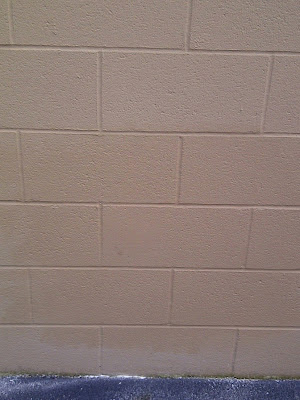Freezer, chiller and cooler thresholds have been an ongoing challenge to floor repair contractors and the USDA since the 1950’s. Recognizing the need to keep refrigerated and frozen food storage areas clean and sealed so they will not harbor lichen, fungus and pests, the USDA has issued zero tolerance guidelines for floor cracks and spalls in all food processing and refrigerated food lockers. Unsealed and opened joints also come under the watchful eye of those charged with keeping America’s food supply safe. Because thresholds are freezing cold on one side and at room temperature on the other, the thermal stress on the concrete is unrelenting and unforgiving. Couple this with forklift and wheeled cart traffic and you have a formula for disaster.
Fortunately, 10 Minute Concrete Mender™ has become the accepted repair material for these very harsh conditions. The agency itself is forbidden from recommending one product over another, but the personal choice among active USDA inspectors is Roadware 10 Minute Concrete Mender™. It’s thin, it gets in, it won’t pop out.

Some minimal prep work is required when working in the cold. Have the cracks and spalls as clean and dry as possible. This may not be easy, but it’s a step professionals know better than to ignore. Next, apply Mender to the base and sidewalls to seal off any free moisture movement into the repair area. Immediately follow by filling the spalled area or crack, almost to the top, with manufactured sand or approved quartz. Flood the sand to refusal, making sure the Mender saturates each grain. For larger areas, a bulk mixed mortar of Mender and sand may be easier to handle and install. Keep all materials at room temperature or warmer to speed up cure time. Even then, one should plan on an hour or more if temperatures are extreme. However, since all conditions vary, onsite testing is the best way to insure the time at which freezer floors and thresholds will be traffic-ready. Contractor field reports are very solid in reporting that 10 Minute Concrete Mender is the only thing that works in these tough repair situations. Click here for step by step bulk application instructions.

1. Remove existing concrete to wood base.
2. Saw key-way at a 45° downward angle on the cold side of the
threshold toward the freezer.
3. Using a diamond shaped pattern, drive sheet rock screws into
the base leaving 3/8″ of the screw sticking up, to act as a
dowel pin for the finishing lift of 10 Minute Concrete
Mender and sand aggregate.
4. Place 10 Minute Concrete Mender to grade. When fully cured
(about an hour at 32F, 0C) sawcut the warm side joint and fill
with Roadware Flexible Cement II™.
5. Reopen to traffic when Flexible Cement II is fully cured.















































